The 6 Facts about St George’s Day You Might Not Know
St. George is one of the most revered saints in history and is, of course, the patron saint of...
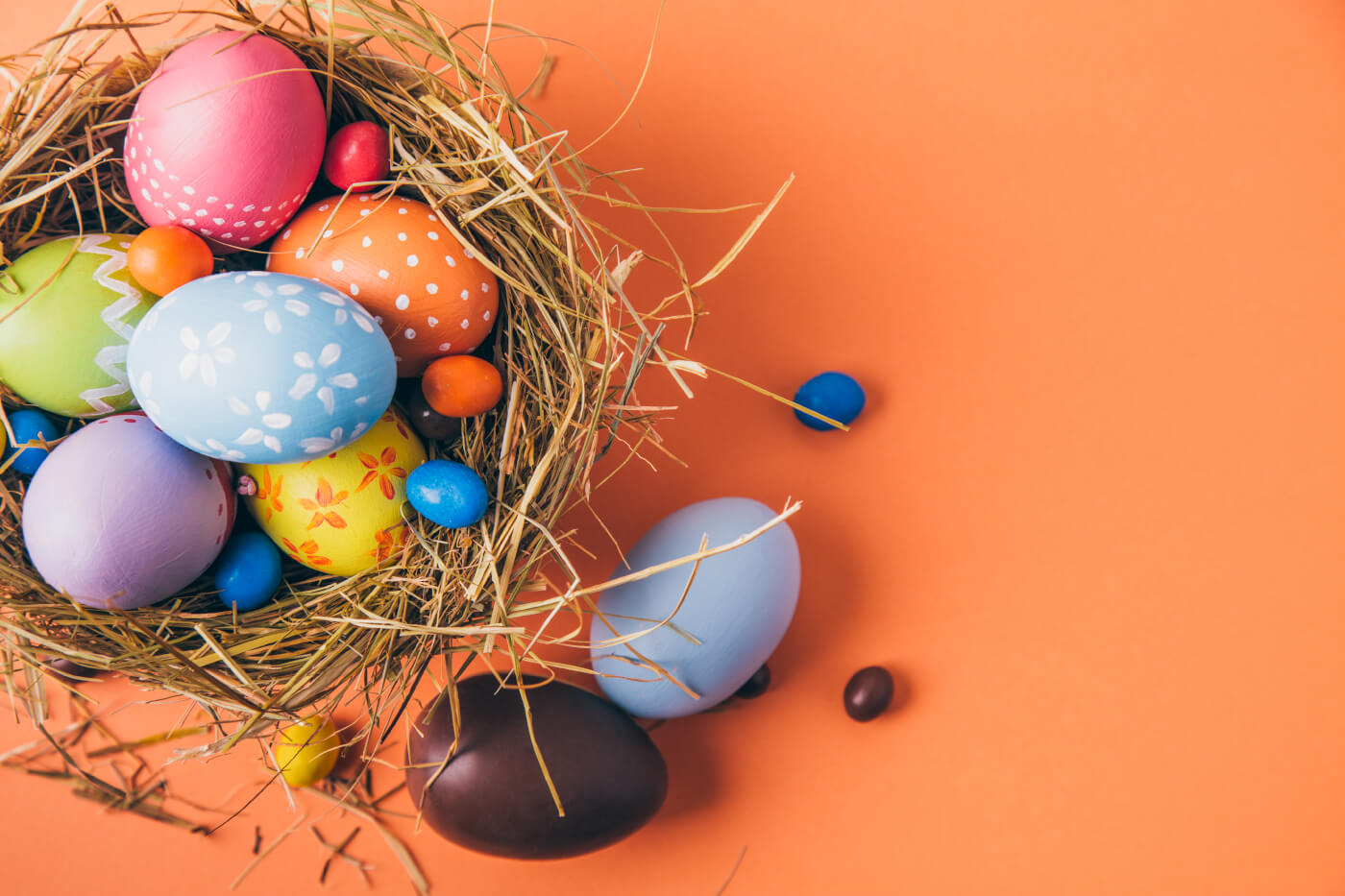
Every year, we all rush to tuck into the sweet treats that are awaiting us on Easter Sunday, but do you know some of the fascinating fun facts that surround this religious holiday?
Easter Sunday (also known as Resurrection Sunday) is the most important day of the year for Christians, as it is the celebration of Jesus being resurrected from the dead. But before you settle down for a Sunday roast, why not impress your loved ones with your knowledge of the history of Easter?
Discover 10 Easter facts below to wow your loved one…
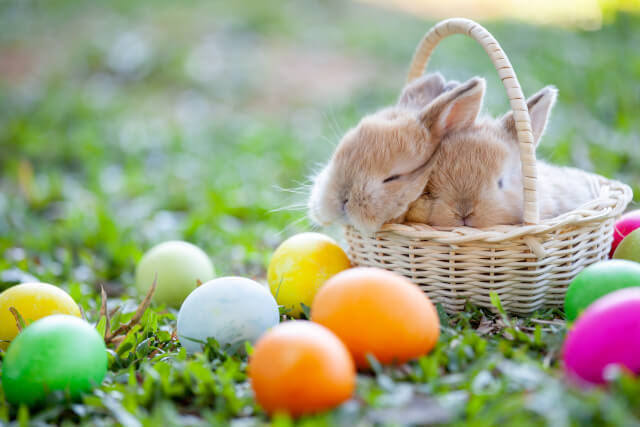
Have you ever wondered where the Easter Bunny story originated?
We can say that the story of rabbits bringing eggs doesn’t make a lot of logical sense, so there must be a reason why every year children rush to see what treats this mythical creature has left for them.
But just like Santa Claus has no Christian significance to Christmas, the Easter Bunny also has no real connection to this holy day.
The origin of the Easter Bunny dates back hundreds of years, beginning in pre-Christian Germany. Here, the hare was said to be the symbol of the Pagan Goddess of Spring and Fertility.
As Christianity spread across Europe, Pagan traditions were blended with Christian holidays, which saw the Easter Bunny lay a nest of colourful (today, chocolate) eggs for children who were well-behaved on Easter Sunday.

Next in our guide to Easter facts is around the question: why is Easter called Easter?
According to scholars, this Christian holiday was named after the Anglo-Saxon goddess, Eostre, who was depicted as a Fertility Goddess and a Goddess of Dawn and Light.
She was honoured at Pagan festivals celebrating the arrival of spring, further highlighting the blend of Pagan traditions with Christian holidays.
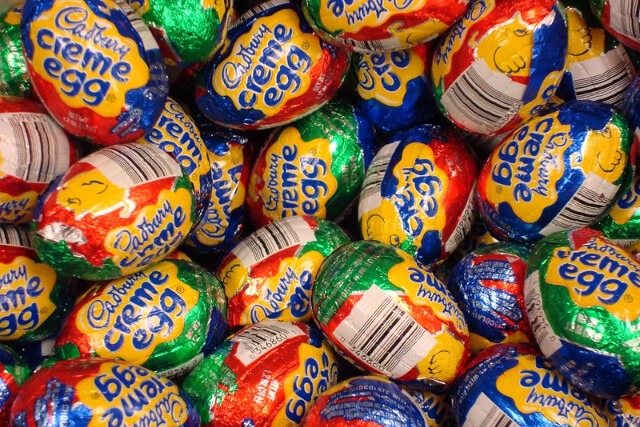
Another fascinating Easter fact for you, Cadbury’s makes 500 million Creme Eggs every year! If you piled them on top of each other, it would be 10 x higher than Mount Everest.
The Birmingham factory produces 1.5 million Creme Eggs every day, and the Creme Egg is the most popular egg-shaped chocolate in the world.

For countless generations, Ukrainians have been decorating eggs as a calling out to the Gods and Goddesses of health and fertility.
This traditional act of pysanka (“pih-sahn-kah”) is made by using wax and dyes, but this colourful custom didn’t take off until Ukrainian immigrants came to the U.S.
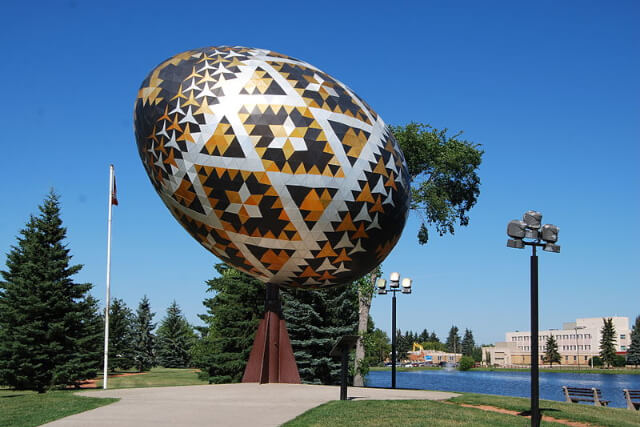
Standing 31ft tall and 18ft wide is the world’s largest Easter egg. Found in Vegreville, Alberta, Canada, the egg weighs a hefty 5000 lbs and took 12,000 hours to complete.
Named the Vegreville Pysanka, the world’s largest Easter egg is actually more of a jigsaw than a sculpture, as it is made from 3500 pieces of aluminium.
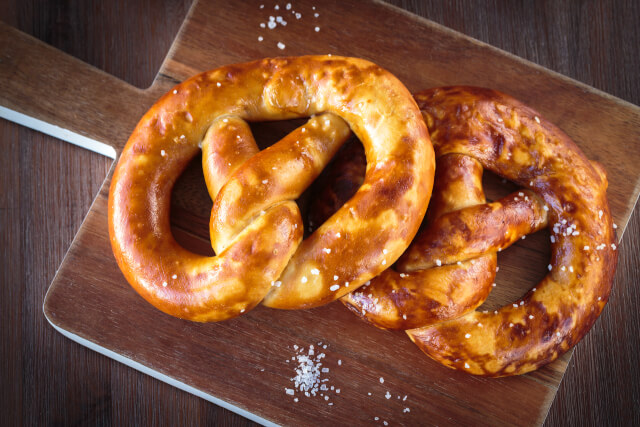
When we think of Easter, chocolate, hot-cross buns and eggs usually spring to mind. But did you know that pretzels are also an Easter snack?
Pretzels are associated with Easter because the twists resemble arms crossing in prayer. From the 1950s, it was tradition for Germans to eat a pretzel and a hard-boiled egg for dinner on Good Friday.

Have you ever wondered who started the trend of tucking into chocolate-shaped eggs on Easter Sunday?
It was during the 19th century that the Fry family of Bristol ran the largest chocolate factory in the world and produced the first chocolate egg, in 1873.
It was two years later in 1875 that saw Cadbury’s make their first Easter egg.

On Good Friday, which sees the start of the Easter weekend, it is illegal to dance in public in the majority of states in Germany.
Even Europe’s clubbing capital, Berlin, becomes a dance-free zone out of respect for the religious day.
In Baden-Württemberg, music is allowed to be played but dancing is not allowed, whilst in Bavaria, if you are caught playing music of any kind in a bar, you could be fined up to 10,000 euros.
So why the boogie ban, Germany?
The thinking behind this ban is out of respect for Christians, who mourn the death of Jesus on Good Friday and Easter Sunday, and in Germany, these days are considered to be holidays of silence.

Ever wondered why Easter Sunday changes date every year? It’s down to the lunar calendar and the position of the moon.
Easter in fact falls on the first Sunday after the full moon that takes place on or after March 21st, which is said to signal the start of spring.
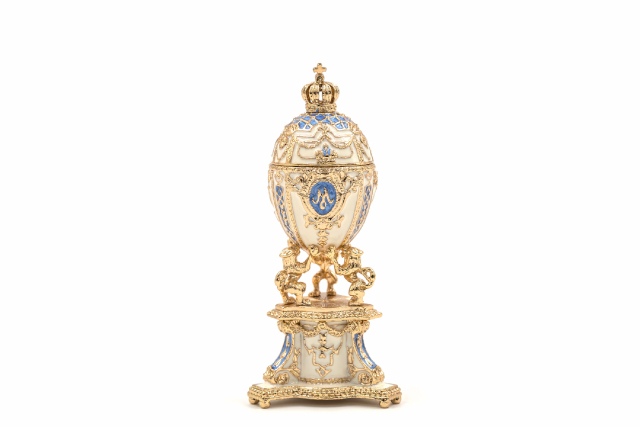
Concluding our guide to facts about Easter takes us back to 2007!
Possibly the world’s most expensive egg was sold at Christie’s in London for £9 million, breaking Faberge records.
The enamelled egg contains a multi-coloured cockerel which at every hour pops out of the egg and flaps his wings, before nodding his head three times.
The egg was made by Karl Fabergé in St Petersburg in 1902 and is the second-largest egg ever made by Fabergé.
If you are looking to ‘Eggscape’ this holiday, take a look at the special offers available on our Easter cottages. Begin planning your Easter getaway today by reading our guide to the best Easter activities!
Image Credits: Sean – (CC BY-ND 2.0)
You must be logged in to post a comment.
Are you on the phone to our call centre? Your Customer ID is:
[…] Ref: McEvoy-Jones, G. (2024, March 6). 10 Fun Facts about Easter you Probably Didn’t Know – Sykes Holiday Cottages. Sykes Holiday Cottages. https://www.sykescottages.co.uk/blog/10-fun-facts-about-easter-you-probably-didnt-know/ […]